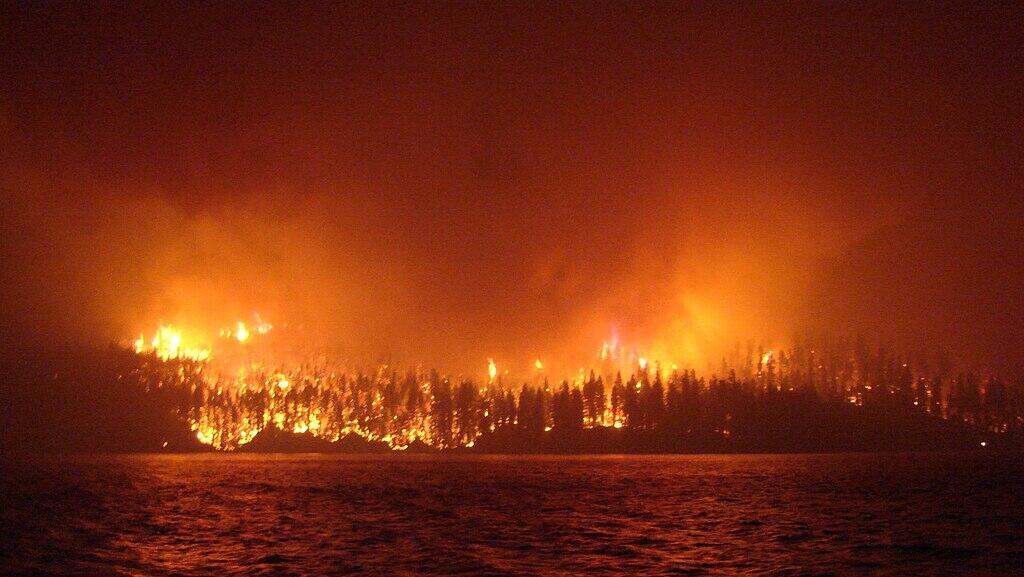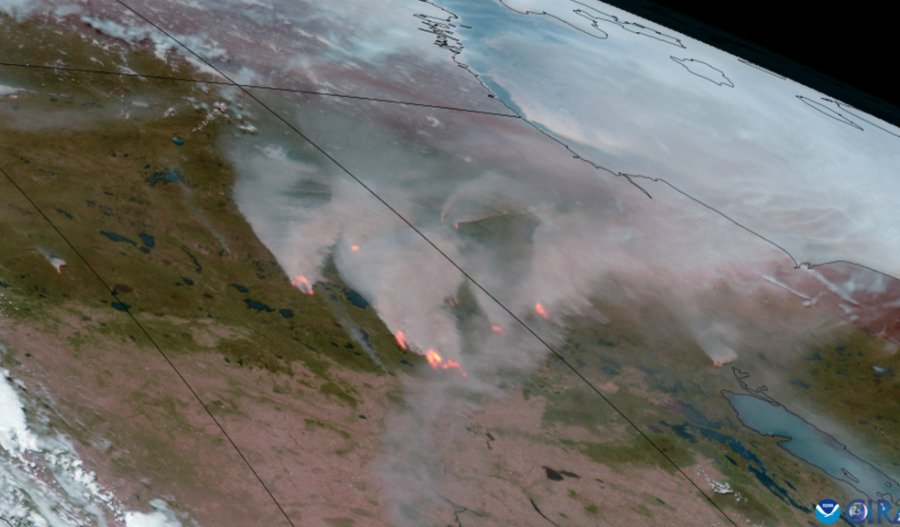Wildfires in Canada are beginning to impact air quality as the smoke continues to waft into parts of the U.S..
At least 741 wildfires are burning in Canada, with 304 of them labelled out of control that have burned more than 16 million acres this year, which is more than double their 10-year average to date.
They have become the third most destructive Canadian wildfires since records started in 1983.
Plumes of smoke have travelled to the U.S., turning skies orange over major cities including New York.
The smoke has prompted the Pennsylvania Department of Environmental Protection to declare a “Code Orange Quality Action Day” in more than 40 counties, including the city of Philadelphia.
"On a Code Orange Air Quality Action Day, young children, the elderly, and those with respiratory problems, such as asthma, emphysema, and bronchitis, are especially vulnerable to the effects of air pollution and should limit outdoor activities," the Pennsylvania EPA said.
A code orange is just one level below a code red alert, which would signal unhealthy air for all individuals on the EPA's Air Quality Index Guide. The index guide also has a "code purple" level signifying "very unhealthy air" and a "code maroon" for hazardous air quality.
The smoke has also caused a ground stop at Boston’s Logan International Airport due to low visibility and caused delays in airport operations, according to the Federal Aviation Administration.
Air quality in Michigan, including the city of Detroit, remained unhealthy for sensitive groups on Tuesday.
So far, nowhere in the U.S. has reached a level beyond code orange.



